The Austin Parks & Recreation Department and TM Studio tasked three Austin photographers to capture the unique elements of five historic Austin parks. Through this campaign, the photographers showcased the beauty and history of these places through their unique styles and perspectives. Leo Aguirre, Lizzie Chen, and Montsho Jarreau Thoth visited spots around Austin to uncover these hidden gems. See the gallery below for a glimpse into their journeys.
1.
Rosewood Neighborhood Park
Rosewood Neighborhood Park, originally named “Rosewood Avenue Park and Playground for the Colored,” opened in 1929 and was the first public park for African Americans in a segregated Austin. The City intended for the park to be a hub for Austin’s African American community’s recreational and social activities and the first Juneteenth celebration took place at the park in 1930. The day’s festivities started with baseball, races, a swim meet, and tennis matches. The closing celebrations featured community singing and dancing. Today, the park carries on this tradition annually with thousands in attendance.

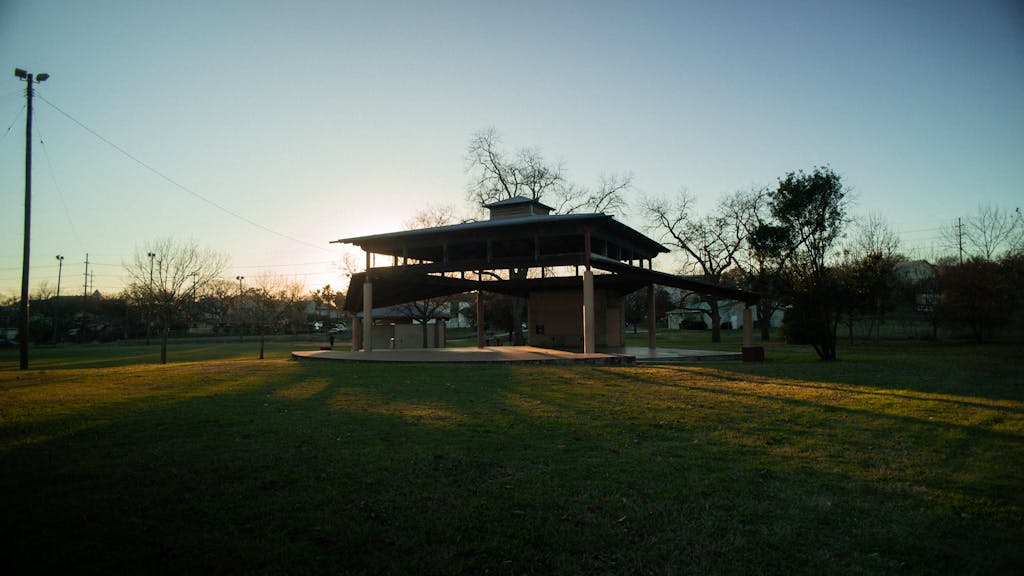

2.
Evergreen Cemetery
Evergreen Cemetery was established in 1926 as Austin’s first public cemetery exclusively for African American community members. Today, Evergreen Cemetery has more than 12,000 burials—including prominent African American civic leaders— and receives more than 100 new burials annually. While the cemetery opened to serve Austin’s African American community, in recent years, many Latinx burials have taken place. Friends of Evergreen and the families of those buried here rallied at the cemetery in September 2020 to celebrate its heritage and show their support after several headstones were vandalized with graffiti; Evergreen Cemetery remains an important cultural landmark in Austin.

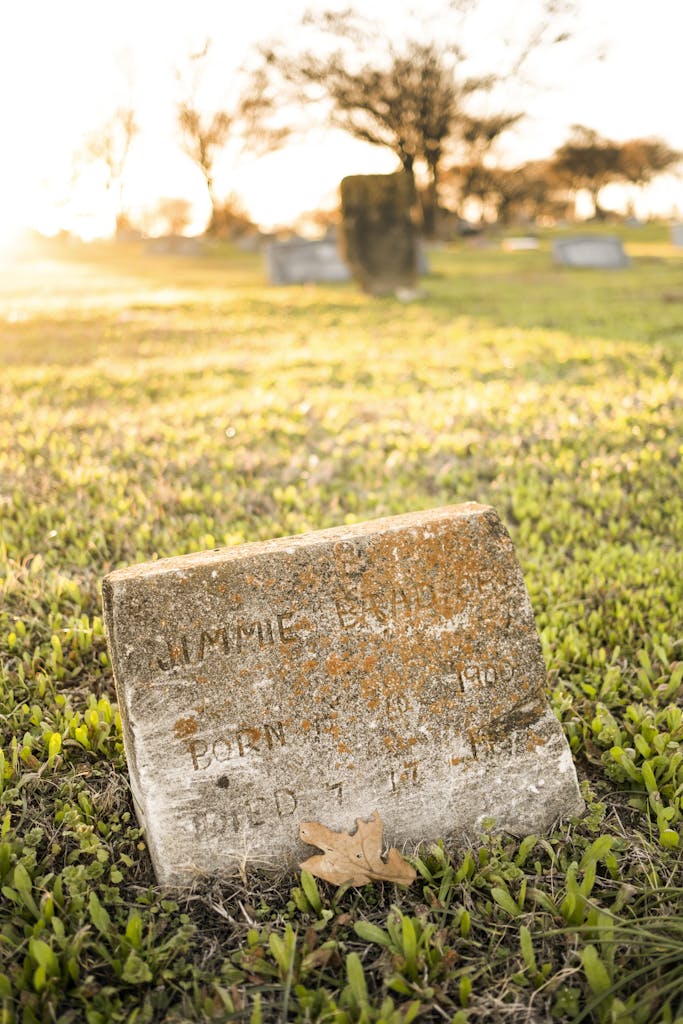

3.
Mayfield Park & Nature Preserve
Mayfield Park & Nature Preserve is located at one of Austin’s oldest homesteads. Allison Mayfield, former chairman of the Texas Railroad Commission, purchased this property in 1909 and converted the late nineteenth century dwelling to a summer residence. In 1922, Mayfield’s daughter and her husband, Mary and Milton Gutsch, began living in the home full time. Over the next 62 years, the Gutsches, along with landscaper Esteban Arredondo, developed the home and gardens into the lush greenspace visitors see today. In 1971, Mary Gutsch deeded the property in her will to the City for all Austinites to enjoy as a park. Today, Mayfield Park & Nature preserve features the Gutsch’s historic home, lily ponds packed with koi, a community tended garden, a flock of peafowl descended from a pair that arrived as Christmas gift in 1937, and a nature preserve with hiking trails.

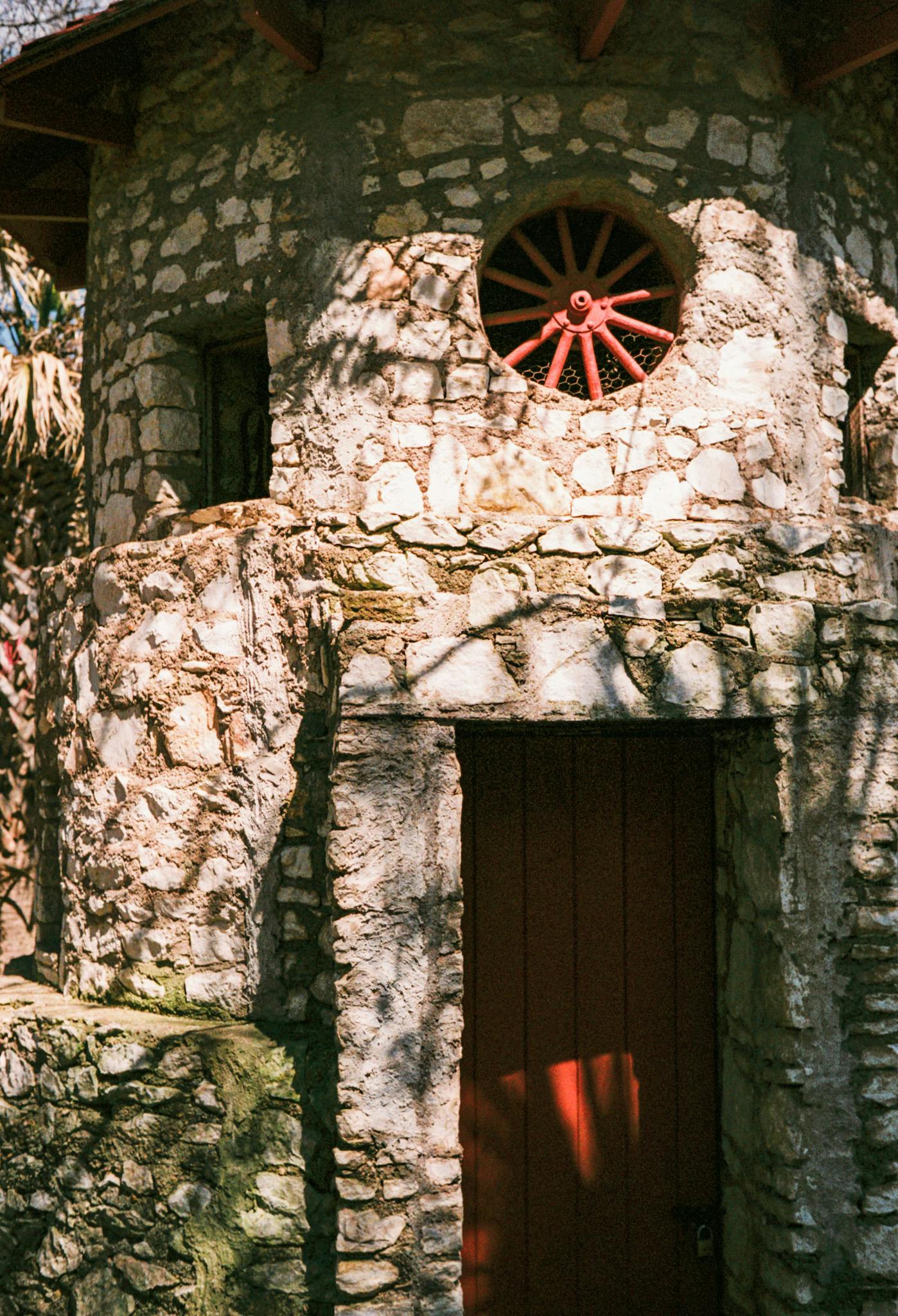
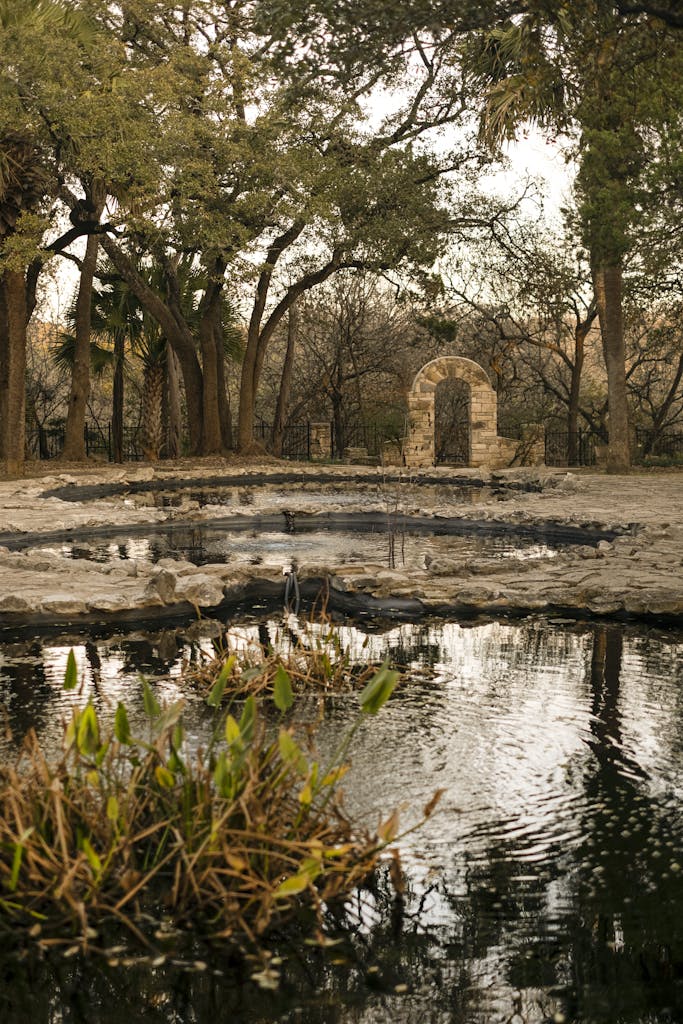
4.
Parque Zaragoza Neighborhood Park
Parque Zaragoza Neighborhood Park covers 15 acres in the heart of East Austin. Established in 1931 during a time of segregated public facilities, it was also known as “Mexican Park.” Although the City of Austin allocated a portion of the initial funding for the park, its realization was chiefly the product of community efforts on behalf of the Latinx population of East Austin. Severian Guerra, Amador Candelas, and Miguel Guerro were among the active community members credited with generating the commitment, organization, and momentum critical to making the fledgling park into a dynamic community center. The park is named after General Ignacio Zaragoza Seguín, hero of the Battle of Puebla. Parque Zaragoza has emerged as a cultural hub for East Austin’s Latinx community, where celebrations for Cinco de Mayo and Diez y Seis have occurred for the past 90 years.

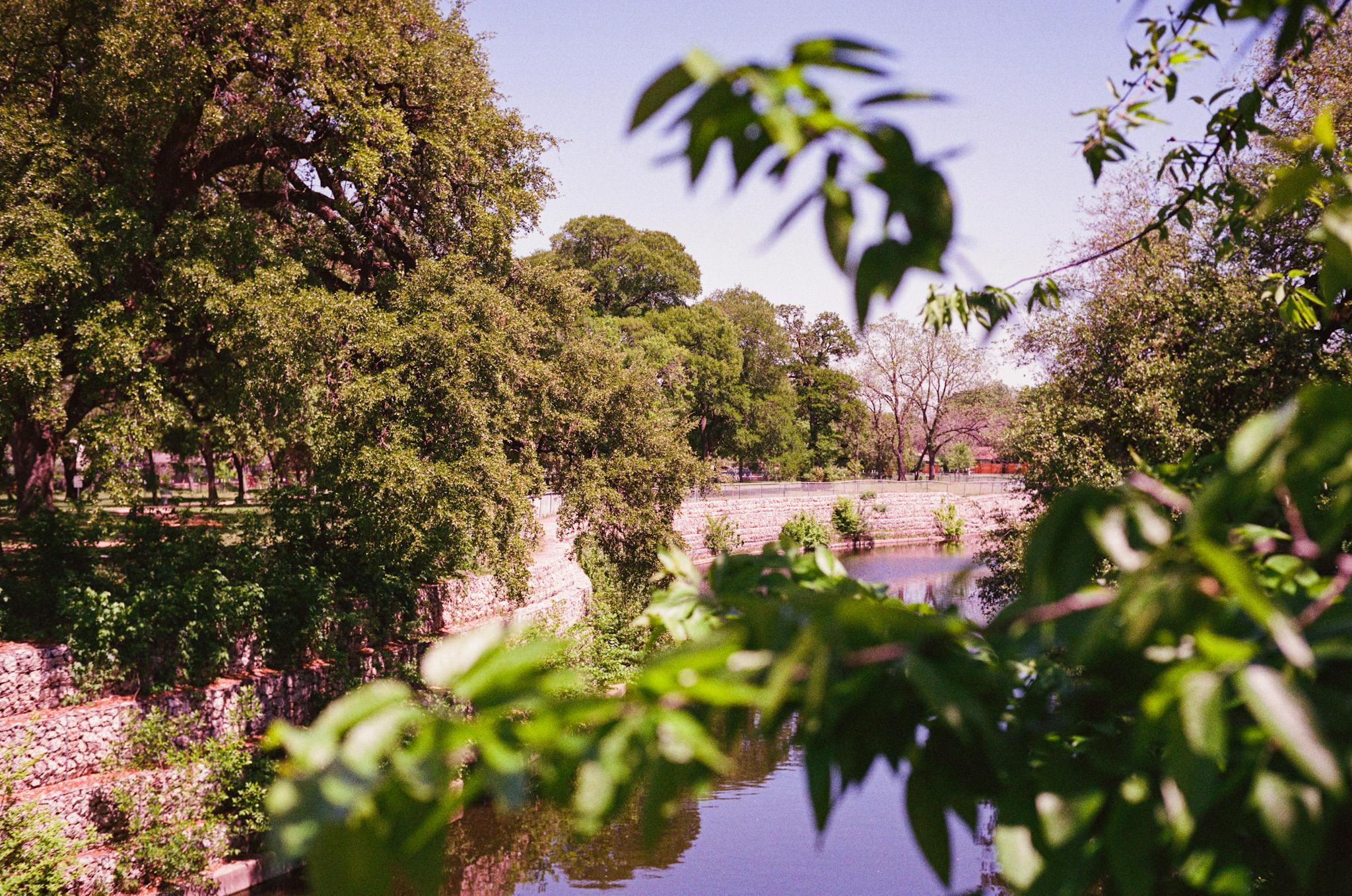
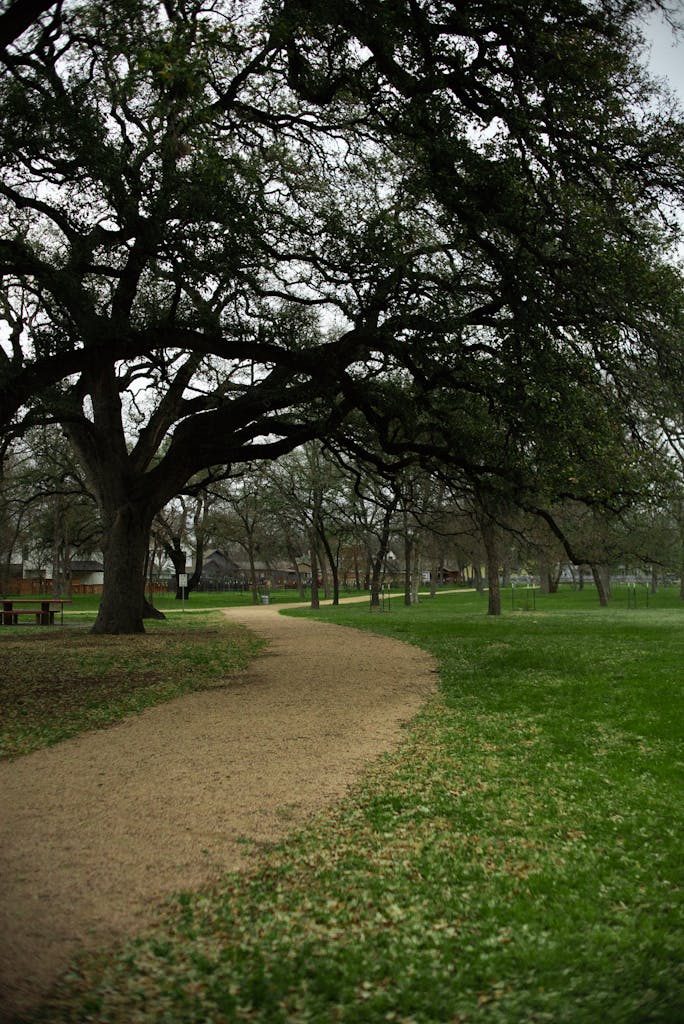
5.
Mount Bonnell
Mount Bonnell, a 784-foot-high promontory along Lake Austin, is among the most significant natural landmarks in Austin. Early on, the site had strategic importance to Indigenous Peoples and has served as a popular attraction for Austin residents and visitors since the 1830s. Each year, thousands visit Mount Bonnell to take in sweeping panoramic views of downtown, Lake Austin, and western hills of Austin. The 1938 Covert Monument, carved by Anton Stasswender, commemorates the conveyance of Covert Park at Mount Bonnell by Frank Covert, Sr. to Travis County. The park was deeded to PARD in 1972.


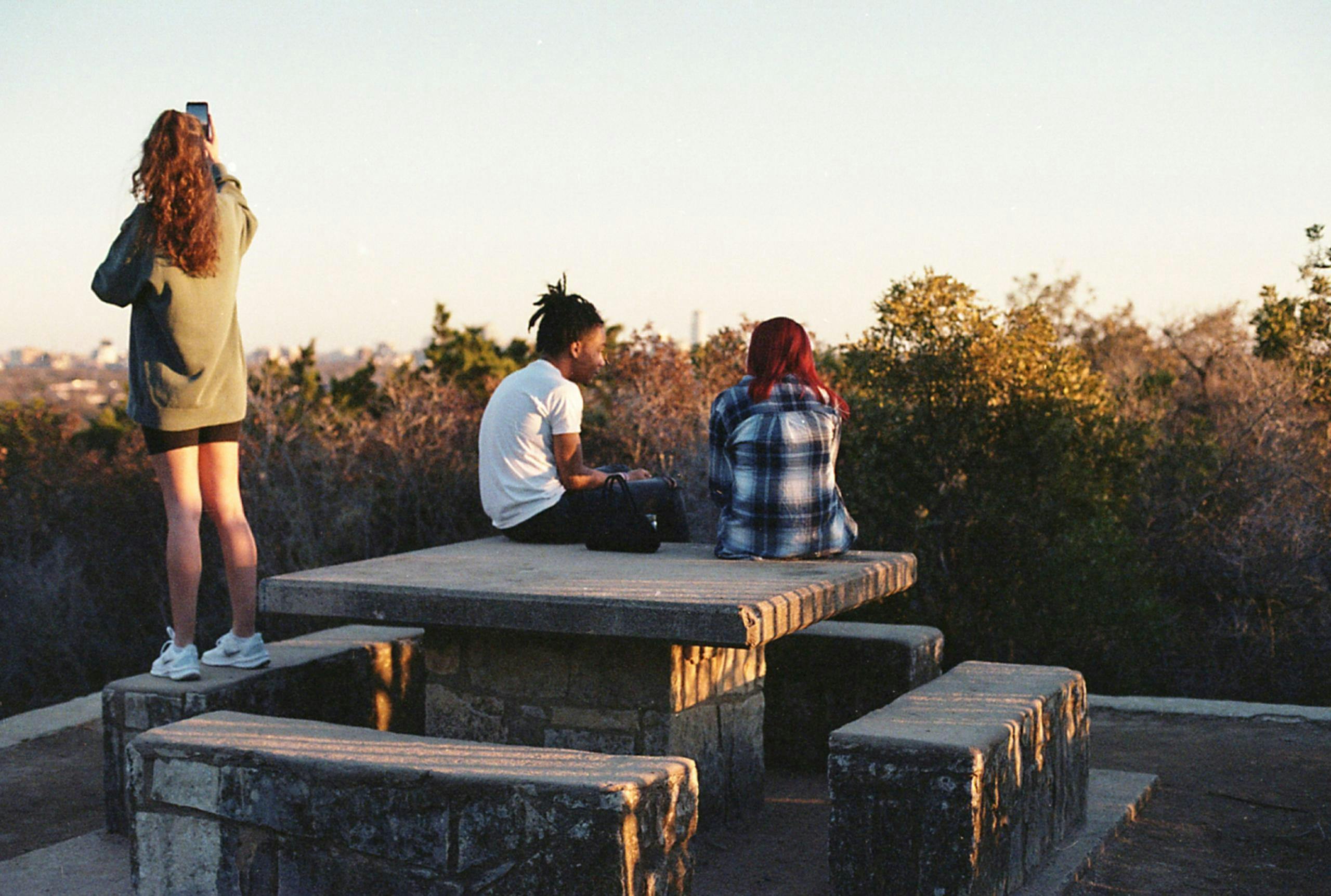
Go to www.AustinTexas.gov/Page/Historic-Austin-Parks to plan your next visit and learn more about these iconic and historic Austin sites.






